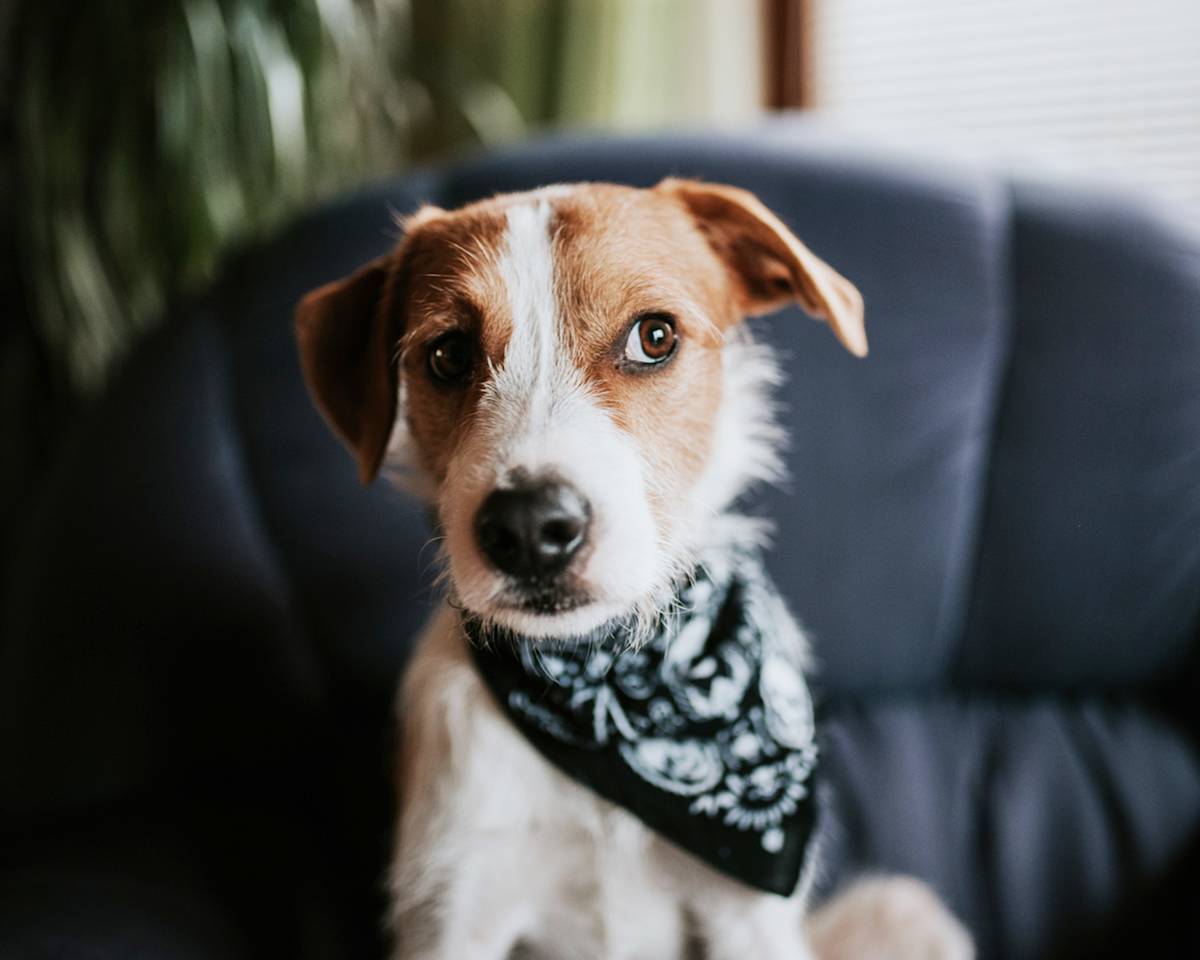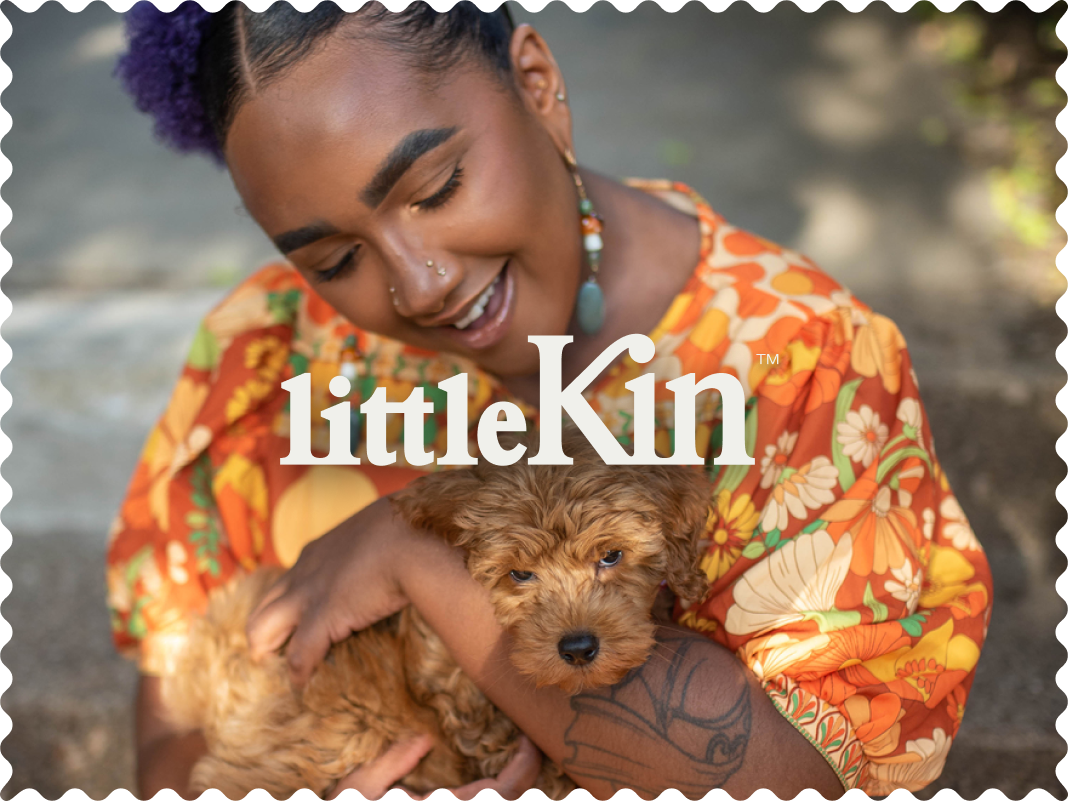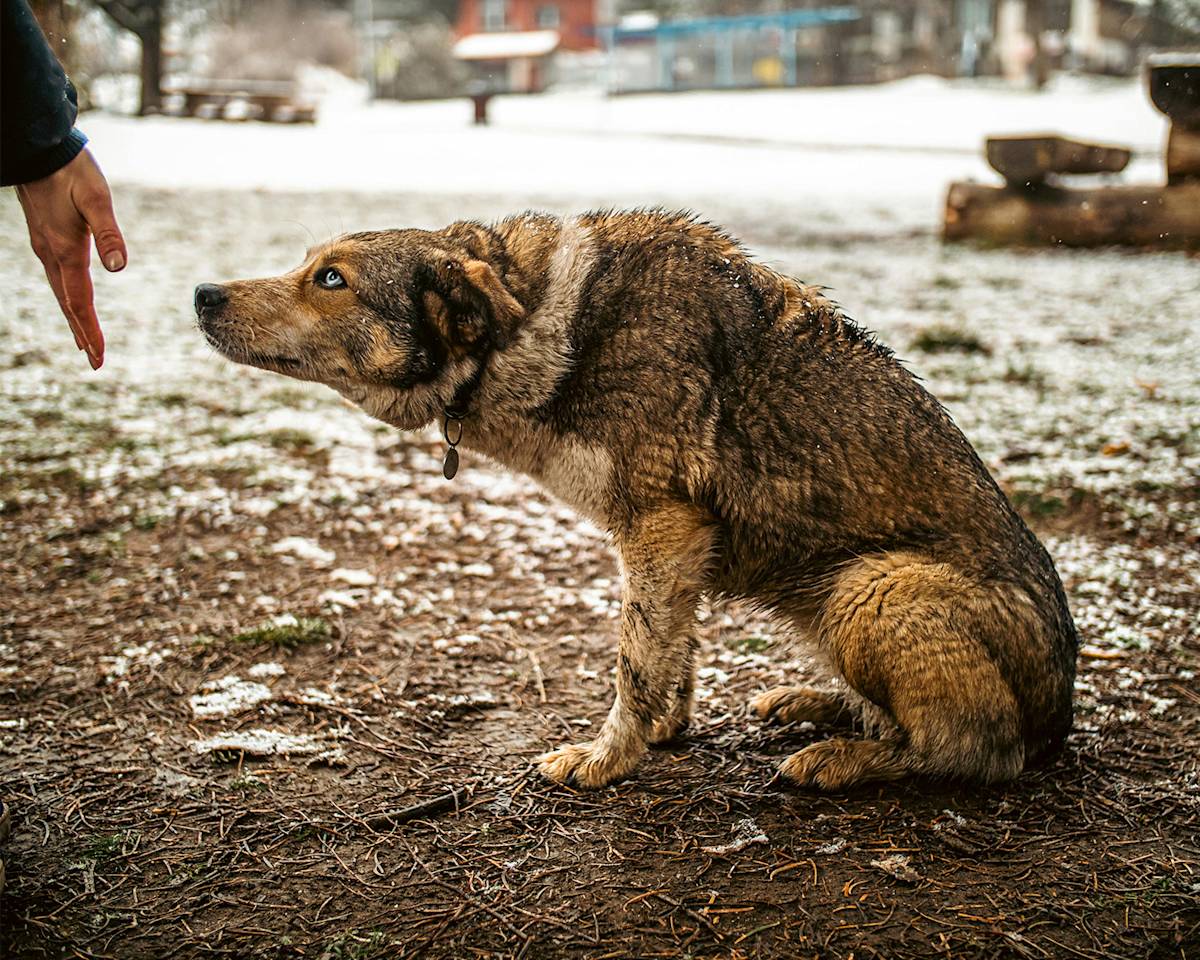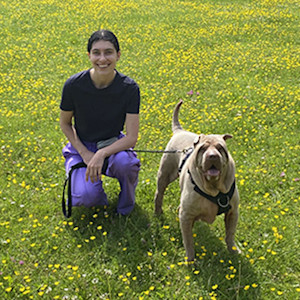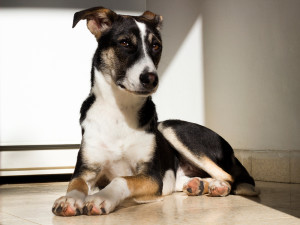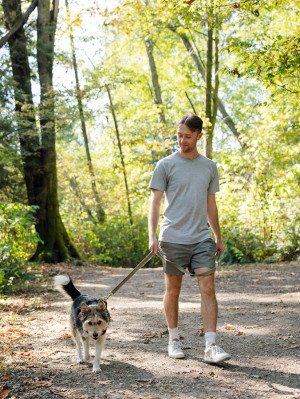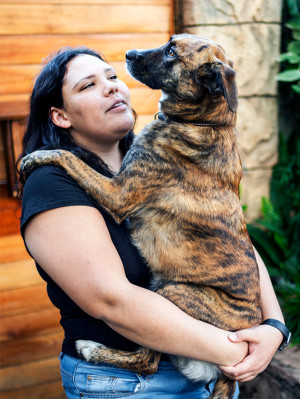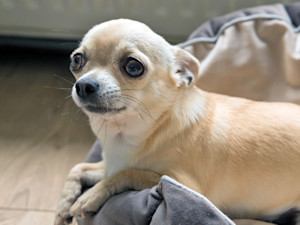5 Signs Your Dog Is Feeling ‘Conflicted’ (and What to Do About It)
Your pup’s mixed signals, explained by experts
Does your dog look like they want to play with another dog, then suddenly snap at them? Or wag their tail while approaching someone, then bark and run away when they get close? It’s likely they’re feeling conflicted.
But what does it mean? Do you need to worry about it? And if it is becoming a bit of a problem, what can you do about it? Read on to find out expert answers to all your questions.
What does being ‘conflicted’ mean?
“Being conflicted means a dog is experiencing two competing feelings at the same time – for example, wanting to do something but also feeling nervous about it,” explains Sian Lawley-Rudd, ethical dog trainer and trauma-informed coach from Lavender Garden Animal Servicesopens in new tab. “It’s a push-pull moment where their emotions don’t match up, so they hesitate or show mixed signals.”
How can you tell if your dog’s feeling conflicted?
Hesitation is a big telltale sign to look out for. Your dog might:
How much do you spend on your pet per year?
Approach slowly but then back away.
Bark while wagging their tail.
Stretch forward to sniff while keeping their back legs planted.
They may also show subtler stress signs such as lip licking or yawning when they’re not sure which option to take.
In some cases, dogs can seem to suddenly explode after approaching something. This may just be lots of noise but can also come across as aggression, such as baring their teeth, snapping or even biting.
What can cause dogs to feel conflicted?
Dogs will often feel conflicted when they feel uncertain about a situation. As Sian explains: “A dog might really want to greet another dog, but past negative experiences make them cautious. Or they might want to come when called but feel drawn towards a distraction like a squirrel. It can also happen if they’ve been punished in the past – they want to interact but fear the consequences.”
In fact, we often see conflicted behaviour in dogs in social situations, where they may be interested in saying hello and interacting but also find other people or dogs unpredictable and therefore, worrying. Or if a stranger has something the dog wants like a really yummy treat, but they don’t want to go close to or be touched by that person.
When is conflicted behaviour a problem?
If your dog’s only showing conflicted behaviour every now and then, you may not need to do anything about it. It’s arguably pretty normal for all of us, including our pets, to experience these emotions from time to time.
But if you notice your dog seems conflicted regularly or has to be exposed to situations that make them feel this way, it’s a good idea to seek professional help.
If things continue on without any help and your dog feels they don’t have the option to escape, their behaviour can escalate. And that’s where things that appear ‘out of the blue’, like ‘sudden’ bites, can occur.
How can you help your dog feel better?
The first step to helping your dog is recognising that they’re struggling and identifying if there’s a pattern to their behaviour so you can plan better for the next time they’re in that situation.
In the moment, try to avoid pushing your dog into a situation they’re unsure about, as this often backfires. It can make them feel more hesitant, rather than less, and you may notice their behaviour intensifying as a result.
You’ll want to steer clear of anything that could be perceived as punishment, too. This can vary from raising your voice to yanking on the lead. Again, this can lead to their behaviour escalating and can create a negative association with the situation in the future.
The best way to help, according to Sian, is to give them space and choice. “Let them observe at a distance until they feel more confident,” she advises. “Reward small signs of bravery and keep experiences positive.”
“If conflict is happening often,” Sian adds, “work on building their confidence through gentle training and enrichment at home.” Create predictable routines and a safe space so they know what to expect and have somewhere to move away to.
For example, if they feel conflicted with guests, help them settle in a particular place and practise this beforehand. This could be a bed that’s near you and not too close to your visitor or in a separate room if they prefer. Let them investigate at their own pace, asking your visitor not to do anything that triggers them such as reaching to touch them, talking to them or approaching their safe space.
“And don’t be afraid to ask for support from a qualified trainer or behaviourist if it feels overwhelming,” finishes Sian. In fact, if your dog is showing these behaviours often and the behaviour seems aggressive, it’s best to go straight to a behaviourist rather than try to wing it yourself.
